|
Crabs hate freezer burn. I have a somewhat untested hypothesis to share: If you want to catch more Dungeness crabs this crabbing season, don't use bait that's been in your freezer for a year. But fresh(er) bait. (And if you need a step-by-step guide to help you get started crabbing, click here.) I formed this hypothesis after a some unusually unsuccessful crab fishing. Collectively, my friends and I went out three days: Saturday (opening day), Sunday, and Tuesday. I wasn't there on Saturday -- I had Nutcracker rehearsal: but I hear everyone who went got completely skunked. Not a single crab! On opening day! (Which, for those who don't know, is typically early November.) But at least they got an epic sunset. (And, yes: it's possible that "sunset" may have factored into the unsuccessful nature of the mission -- most people go out super early. We even met one guy who'd gone out at midnight on Friday night/Saturday morning to set his traps -- and he caught 40!) Ever hopeful, they left their traps out overnight, and we all returned the next morning to check and reset the traps. Even after leaving them out overnight... we still only had four legal crabs. But then... things started turning around. And I can think of one reason. On Saturday, we'd been using bait that I had leftover from last season. It was frozen squid -- and, since it had been frozen when I bought it, I assumed it was fine... But on Sunday, one of our friends bought a fresh box of squid, and we're pretty sure that's what made the difference. To the extend that, after leaving the traps out Sunday and Monday night, the only trap that still had old bait was still empty on Tuesday morning, while the other traps had 4-10 crabs each. So... that was my takeaway. Crabs hate freezer burn. If you want to catch more crabs, don't be gross like me and leave frozen squid in your freezer for a whole year if you have any left over. Toss it, and buy fresh bait (or chicken -- or just grab some lingcod guts or rockfish heads out of the dumpster by the fish cleaning station). You'll catch more crabs than you know what to do with. *** Want to have your own crabbing adventure, but aren't sure how to get started? Here's what you'll need (you can read more in How to Catch Dungeness Crabs - a Step-By-Step Guide): 1. Crab Traps. In order to catch crabs, you will need one of these. At least one. But I recommend ordering 3-5. They're normally $50, but are on sale now for $24.99. 2. Bait boxes. If you want the crabs to wander into your trap, you're going to need a bait box. (You know. The box you put your bait in.) They come in all shapes, sizes and prices. I recommend these, as the slits are large enough to attract crabs, but small enough that the crabs aren't going to eat all your bait once they're in the trap -- preventing more crabs from entering. (I used to have some wire ones that looked like mini crab traps, but always found them empty, some I replaced them.) 3. Squid, chicken, fish guts, or other bait. Beyond hating freezer burn, crabs aren't especially fussy. 4. Zip ties. Use them to attach your bait box to your trap. And attach them to the floor, not the roof, of the trap. Based on what I've seen in some (but not all) GoPro footage, crabs might get confused and have a harder time finding the door if the bait box is on the roof, since the door is on the bottom, not the top, of the trap. 5. Float set. I used to think that floating line was the way to go, but I've since learned that sinking line is better, since it's attached to a floaty, anyway, and if all the line is floating at the surface, it cut by boat motors. I usually use float sets similar to this one, but cheaper (functionally identical, but slightly less visible) ones also work. You can also ultra-cheap and make your own out of rope and empty milk jugs or old pool noodles. One design I saw while I was out this weekend that I really liked is this one: This is going to be the easiest to find by far, since there is a weight on the bottom and a floatie in the middle that keeps that flag sticking straight up. But, at $32 (vs. $11-19) each, it's not your cheapest option. 6. Crab gauge. You need to have one, and you need to use it. This isn't the exact one I have, but it should work. When you use your gauge, make sure that you're using the notches for the state you're in and the species you've caught. (For instance, Washington has a larger legal minimum size than California.) 7. Bungees. Okay, you don't NEED these. But if your kayak flips, you will lose everything that isn't bungeed down. They're $3. It's worth it. 8. Kayak. If you can't rent a kayak, or if you plan to go out a lot, it might make sense to buy one. The one I have is an extra-long tandem kayak, and I like it because: a) It's a sit-on-top, which gives you more space to you're assembling, dropping, and pulling up traps and dealing with your equipment. b) It's extra long, which means you'll have more space to store your gear. c) You can store your crabs in the hull without getting pinched. (I find it easier to put them in the hull than into a bag.) There are also reasonably-priced single kayaks, or you can check Craigslist for used ones. You'll also need paddles. I recommend the Shoreline Marine Paddle Rounder 96" -- it's affordable, durable and comfy. 9. Kevlar neoprene gloves. Technically optional, but I recommend them. They'll keep your hands warm while you're out on the water. But more importantly, they will protect your hands in the unlikely event that you get pinched. Now go catch some crabs!
0 Comments
Leave a Reply. |
About the Author
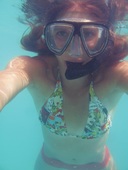
Eva is a content specialist with a passion for play, travel... and a little bit of girl power. Read more >
Want to support The Happy Talent? CLICK HERE!
Or Find me on Patreon!
What's Popular on The Happy Talent:
Trending in Dating and Relationships:
What's Popular in Science: Playfulness and Leisure Skills:
Popular in Psychology and Social Skills:
Categories
All
|
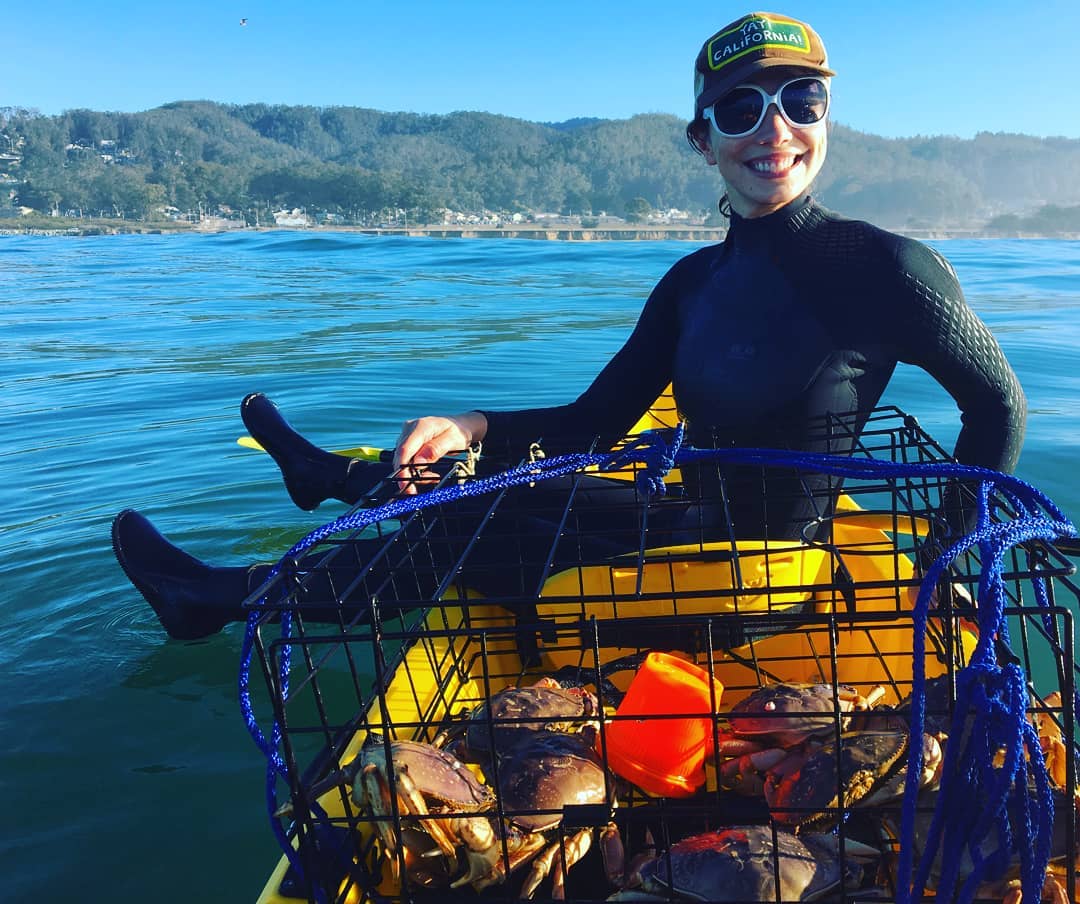
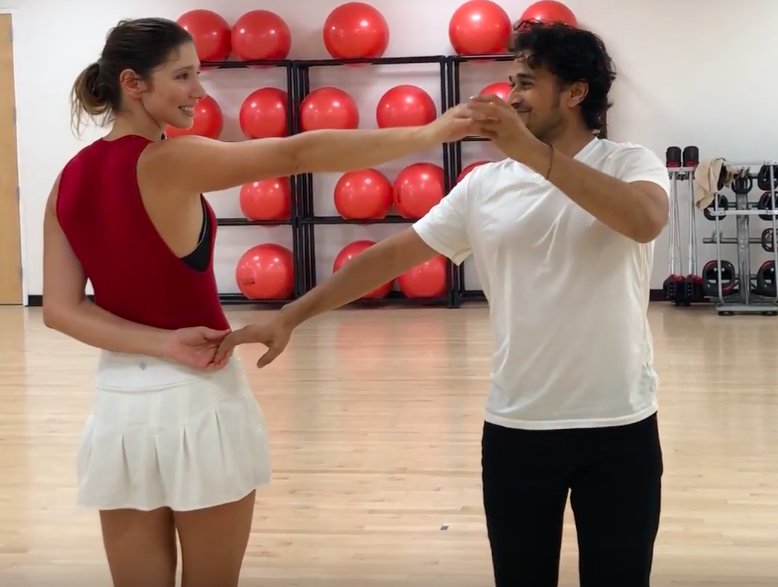
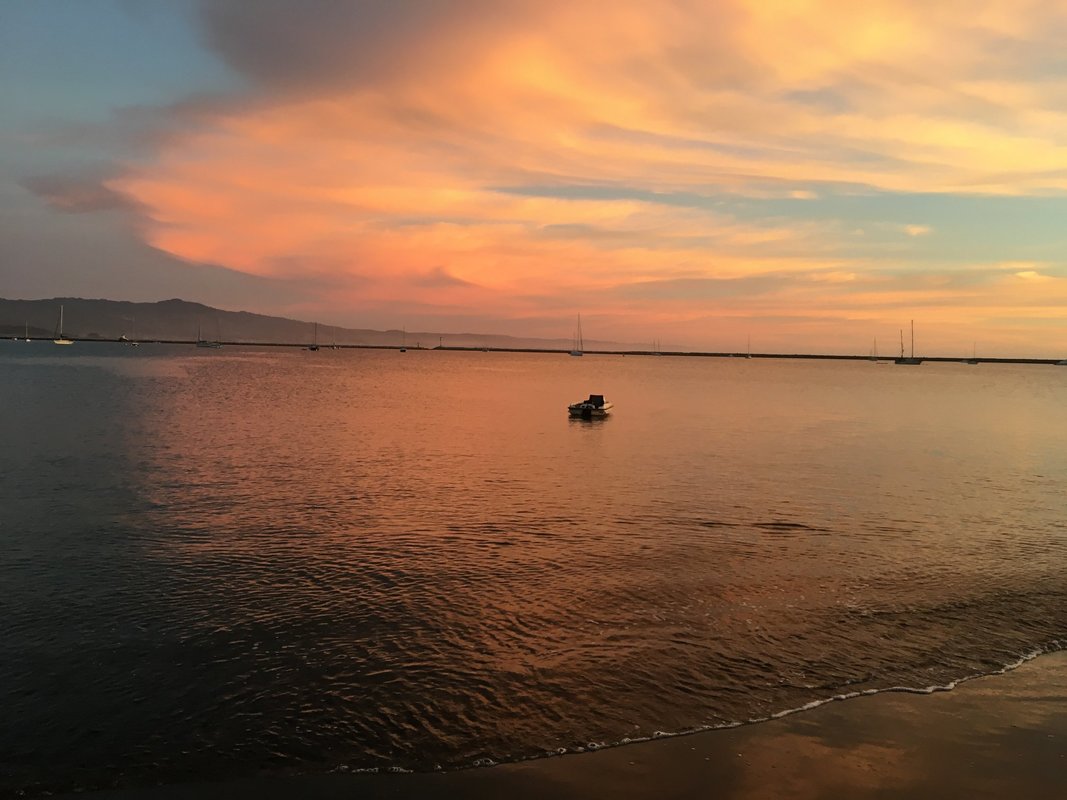
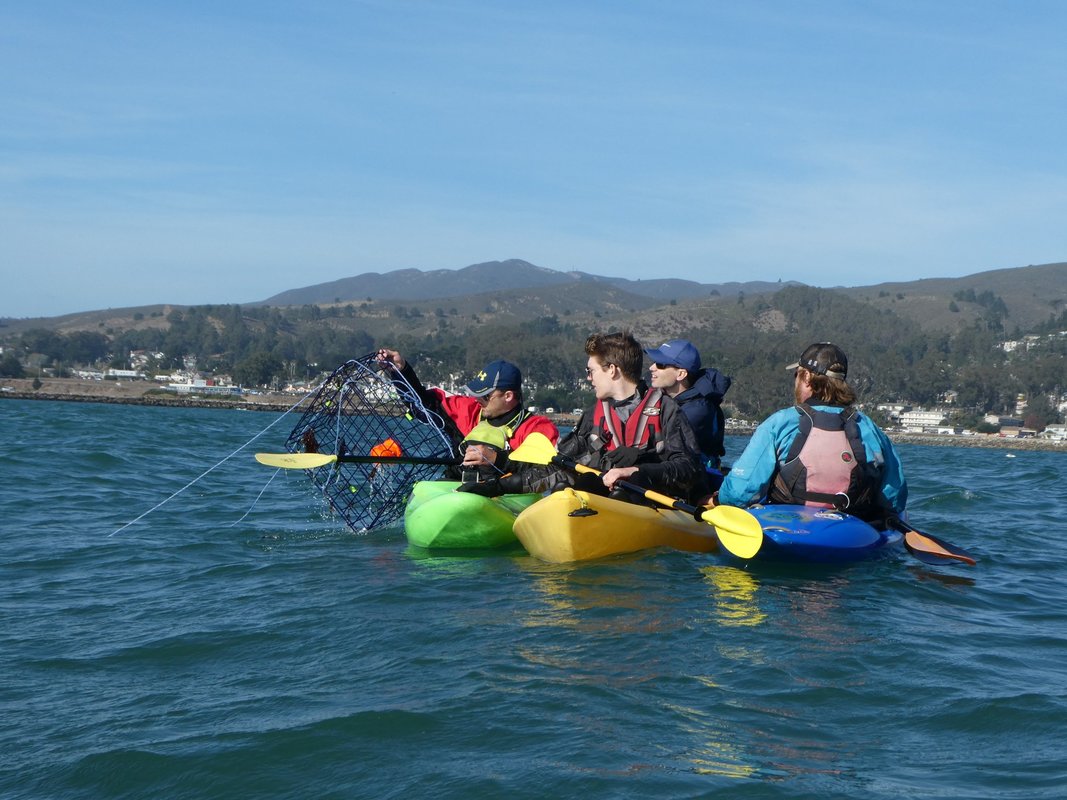
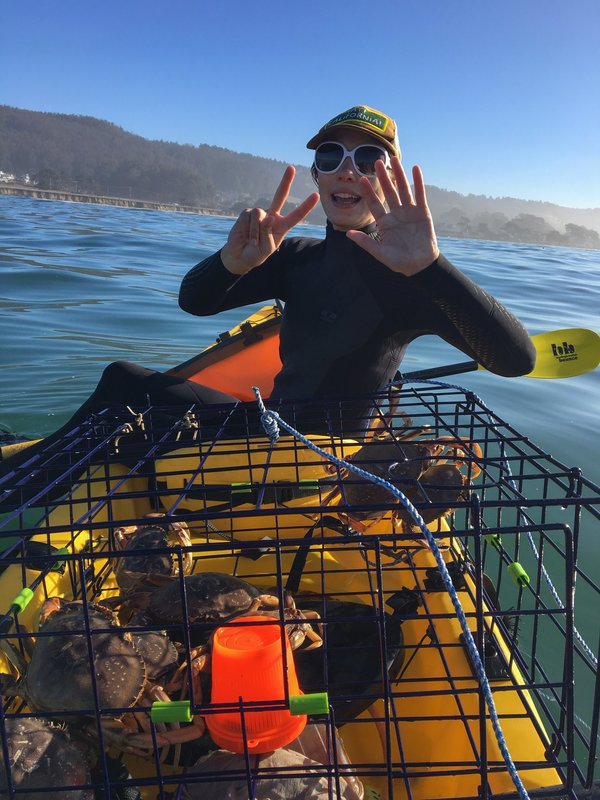
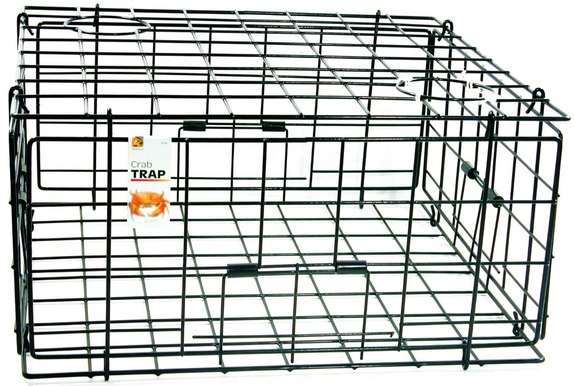
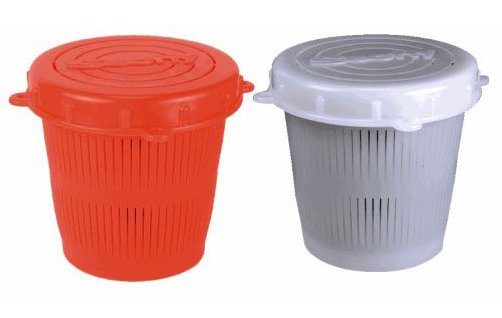
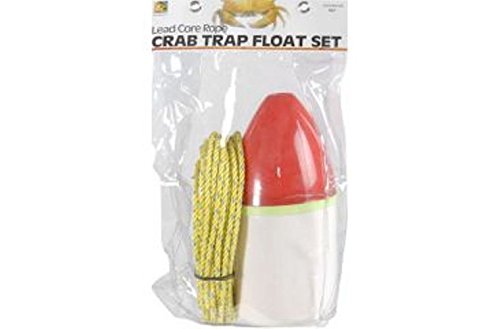
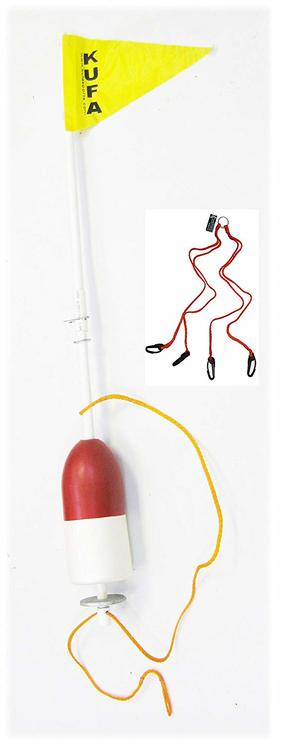
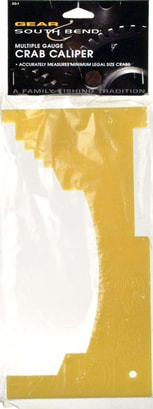
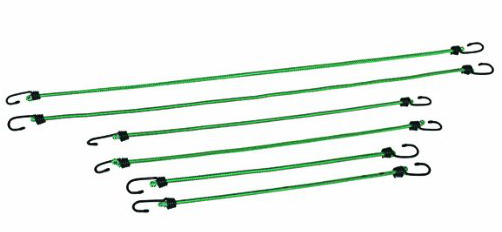
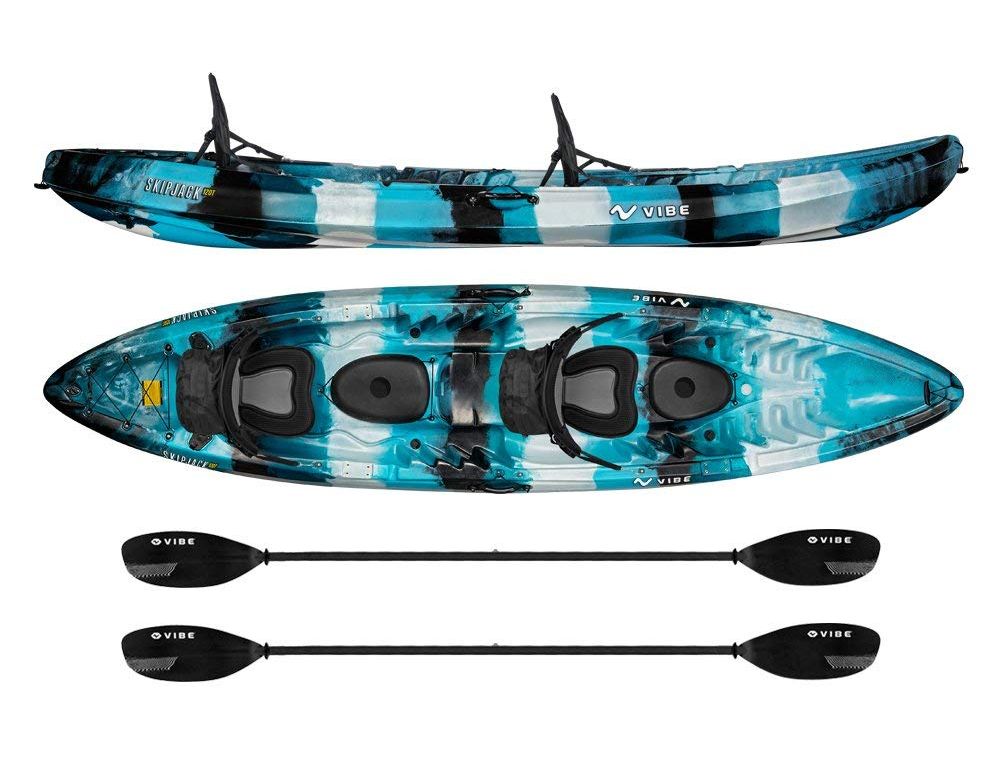
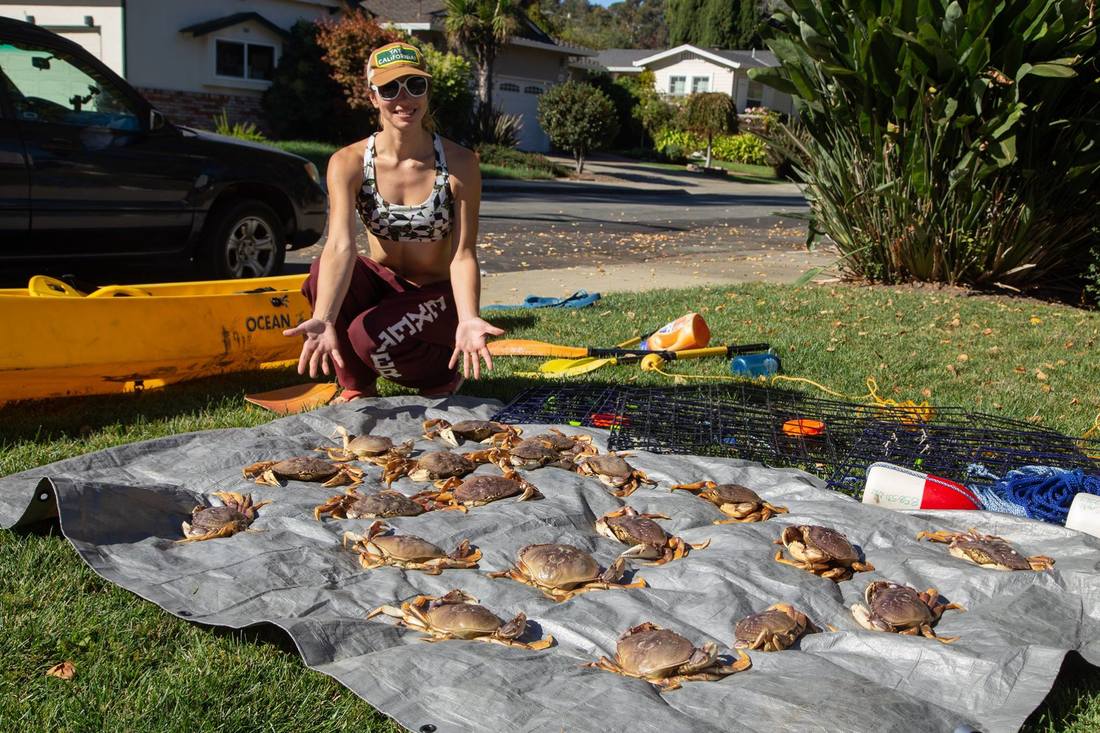











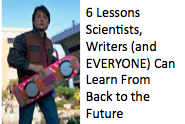





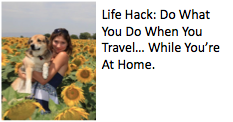

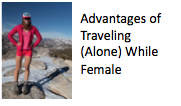

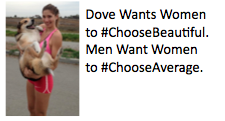
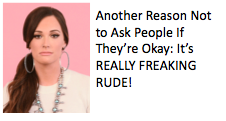


 RSS Feed
RSS Feed